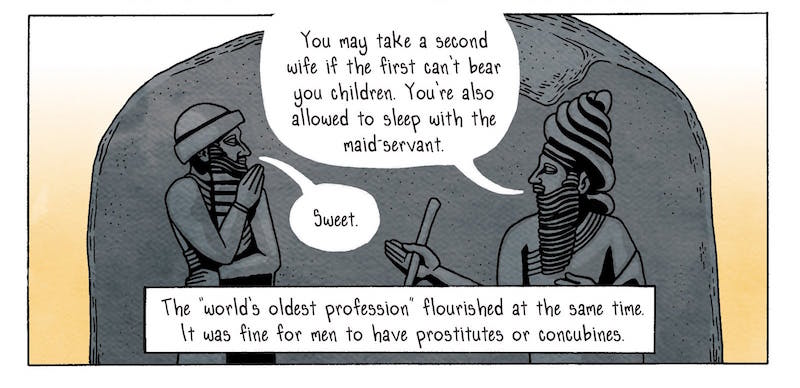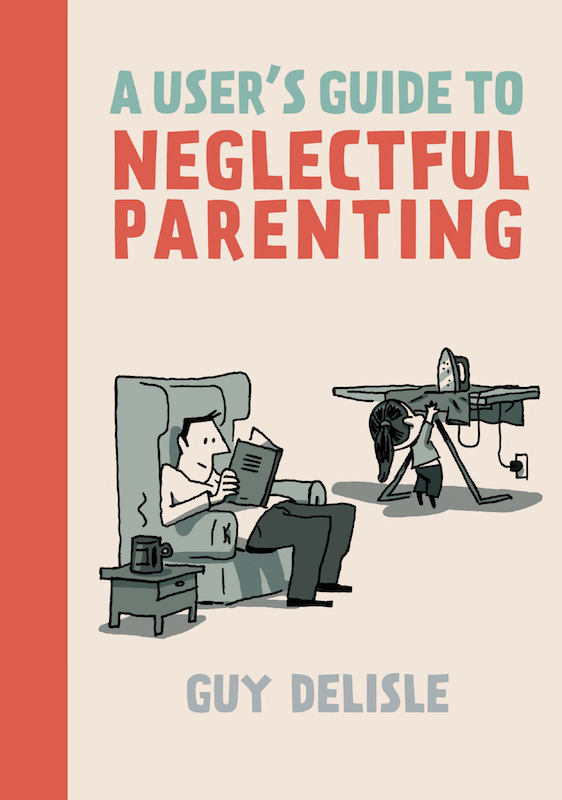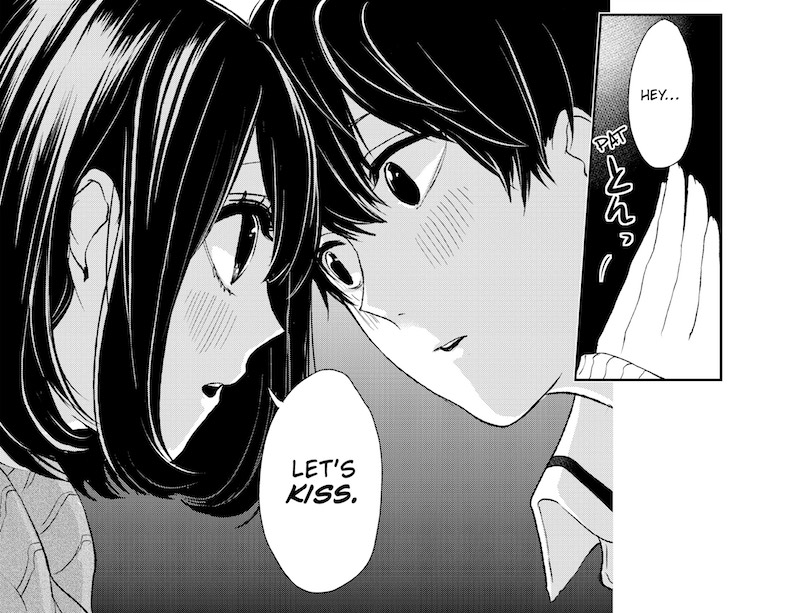Eddie Berganza
Thor: Ragnarok, which was inspired by Marvel's comics adaptations of the Norse apocalypse, and fan favourite story Planet Hulk, is the 16th film from the ongoing Marvel cinematic universe. It's as solid an entry as any of them, with a healthy dose of swashbuckling space adventure more typically associated with Guardians of the Galaxy. But as a continuation of several plot threads going all the way back to 2011, it works very much like the middle chapter to a bigger story. This hasn't hurt its box office performance or dampened enthusiasm for the MCU. If anything, people want to know how it will pan out in the end.
What does set it apart is how it ties together Thor's sordid family history into a pointed commentary on the revisionist nature of imperialism.
Abraham Riesman lists five Thor comics to read before seeing the latest film. He also recommends eight comics for November.
Justice League is the other superhero tent film of November, and has opposite concerns. The news isn't good for those hoping it would build upon the positive reception of Wonder Woman. Much like Zach Snyder's past directorial contributions to DC's cinematic universe, Justice League is overstuffed with references that are mostly unearned. It's a half-formed world trying hard to fool the audience into believing that it's a fully developed universe. Background information is haphazardly doled out about the new characters to make them more sympathetic. But the only reason why Flash and Aquaman are at all likeable is because of the performances of Ezra Miller and Jason Momoa. Overall, Justice League is notable for the ways it sets the stage for the future cinematic universe than for its own modest merits.
The modern superhero film is today's equivalent to the classic movie musical.
Publisher's Weekly lists its best comics for 2017.
Tony Isabella interviewed about his return to the character her created in 1977, Black Lightning.
These Calvin and Hobbes strips are a nice reminder of how we love to exclude outsiders. Seems particularly relevant today.
A page of Maus is lauded for its' aesthetic qualities.
Eddie Berganza was accused of sexual misconduct in a recent Buzzfeed article. Comics professionals reacted. Then DC first suspended Berganza, only to fire him a few days later. Even more women have since come forward. Rumours about Berganza's terrible conduct are nothing new, and DC was criticized in the past for its tepid response. The difference now is that these allegations are finding new life as part of a wave of similar allegations against other powerful male figures within the larger entertainment industry, and society in general.
What's particularly upsetting is how Berganza was tolerated despite having long developed a reputation within the comics community for being a jerk:
But Berganza’s editorial skills aren’t all he’s known for in the comics industry. At best, he developed a reputation for making offensive jokes or line-crossing comments in the presence of or at the expense of women; one former staffer recalls hearing Berganza tell a female assistant that a writer needed to make a character in a book they were editing "less dykey." Asselin recalled Berganza once telling her that the reason he didn't hit on her was because he had too much respect for her spouse. But at worst, he’s alleged to have forcibly kissed and attempted to grope female coworkers. One woman said when she started at DC, she was warned about Berganza — advised to keep an eye on him, she said, and to not get drinks with him. "People were constantly warning other people away from him," said Asselin, a vocal critic of gender dynamics in the comics industry.
Berganza's reputation spread throughout the comics industry, so much so that Sophie Campbell, an established writer and artist, turned down an opportunity to work on a Supergirl comic two years ago because Berganza was the editor overseeing the project, even though she wouldn't have had to speak directly to him during the job. It would've been a cool gig, Campbell told BuzzFeed News, but it also "felt scuzzy and scary."
"I didn't like the idea of being in professional proximity with him or having his name on something I worked on," she said.
A former DC employee said Berganza’s reputation was "something that I didn't like, but I stomached it. Everybody did. It was a gross open secret."
C.B. Cebulski
Meanwhile, editor C.B. Cebulski replaced Alex Alonso as Marvel's Editor in Chief, in a year the publisher experienced weak print sales while making controversial statements. He then admitted on Bleeding Cool that he once masqueraded as a Japanese writer by naming himself Akira Yoshida. He found himself penning comics such as Thor: Son of Asgard, Elektra: The Hand, Wolverine: Soultaker, and Kitty Pryde: Shadow & Flame. This was done to get around Marvel's policy of not allowing staffers to write or draw any of the publisher's comic books.
I stopped writing under the pseudonym Akira Yoshida after about a year. It wasn’t transparent, but it taught me a lot about writing, communication and pressure. I was young and naïve and had a lot to learn back then. But this is all old news that has been dealt with, and now as Marvel’s new Editor-in-Chief, I’m turning a new page and am excited to start sharing all my Marvel experiences with up and coming talent around the globe.Rewarding an employee who once lied to the world about being an Asian man. Way to go, Marvel. That the two biggest publishers in American comics can put up with the actions of a known sexual harasser, and a self-admitted fraud who brushes off his past indiscretions as acceptable for a person of his lofty position, indicates something rotten within this industry.
Sana Amanat has responded to Cebulski's confession by actually defending him. The revelations have also inspired a hashtag bringing more attention to Asian comic creators. Cebulski is part of a long line of writers creating orientalist portrayals at Marvel, and within the comics industry. Though I can't think of any industry insider who went so far as to extend the practice to fudging their race and nationality for pure economic advantage.
Jim Shooter, Marvel's legendary former Editor in Chief, interviewed by Chris Hassan.
Nobuhiro Watsuki, best known as the creator of the manga Rurouni Kenshin, has been arrested for possession of child pornography.




















